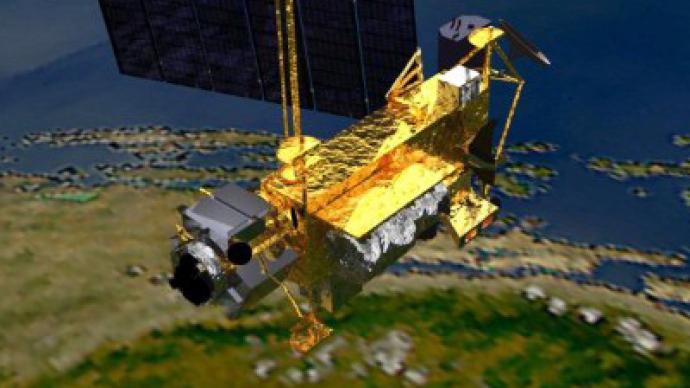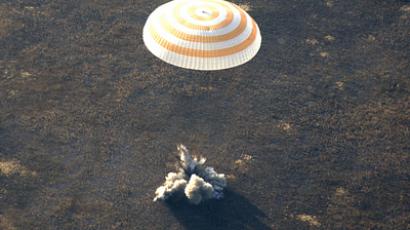Six-ton NASA satellite to collide with Earth

A six-ton weather satellite which has been out of NASA’s control since 2005 is to plunge to Earth on September 23, latest estimates show. US and Russian experts disagree over where the debris will hit.
The Upper Atmosphere Research Satellite (UARS) was launched by the Space Shuttle Discovery in 1991 and is now out of service and losing height at increasing speed. An initial warning predicted the collision would come on September 19, but the date was later shifted. NASA believes several metal fragments of the 10-meter-long satellite with a total weight of 532 kg will pierce the atmosphere and hit the ground, shattering along an 800-km patch.Russian space troops say the satellite will fall to Earth in the Pacific Ocean.“As of September 15, the debris of the spacecraft UARS is expected to fall on September 23 in the region of the Pacific Ocean with coordinates 18 degrees of southern longitude and 173 degrees of eastern latitude,” a spokesman for the Space Control Center, Colonel Aleksey Zolotukhin, said.The American space tracking center at NORAD expects the satellite to fall in the Indian Ocean between the Horn of Africa and the Seychelles.Both centers are continuously tracking the defunct satellite.














